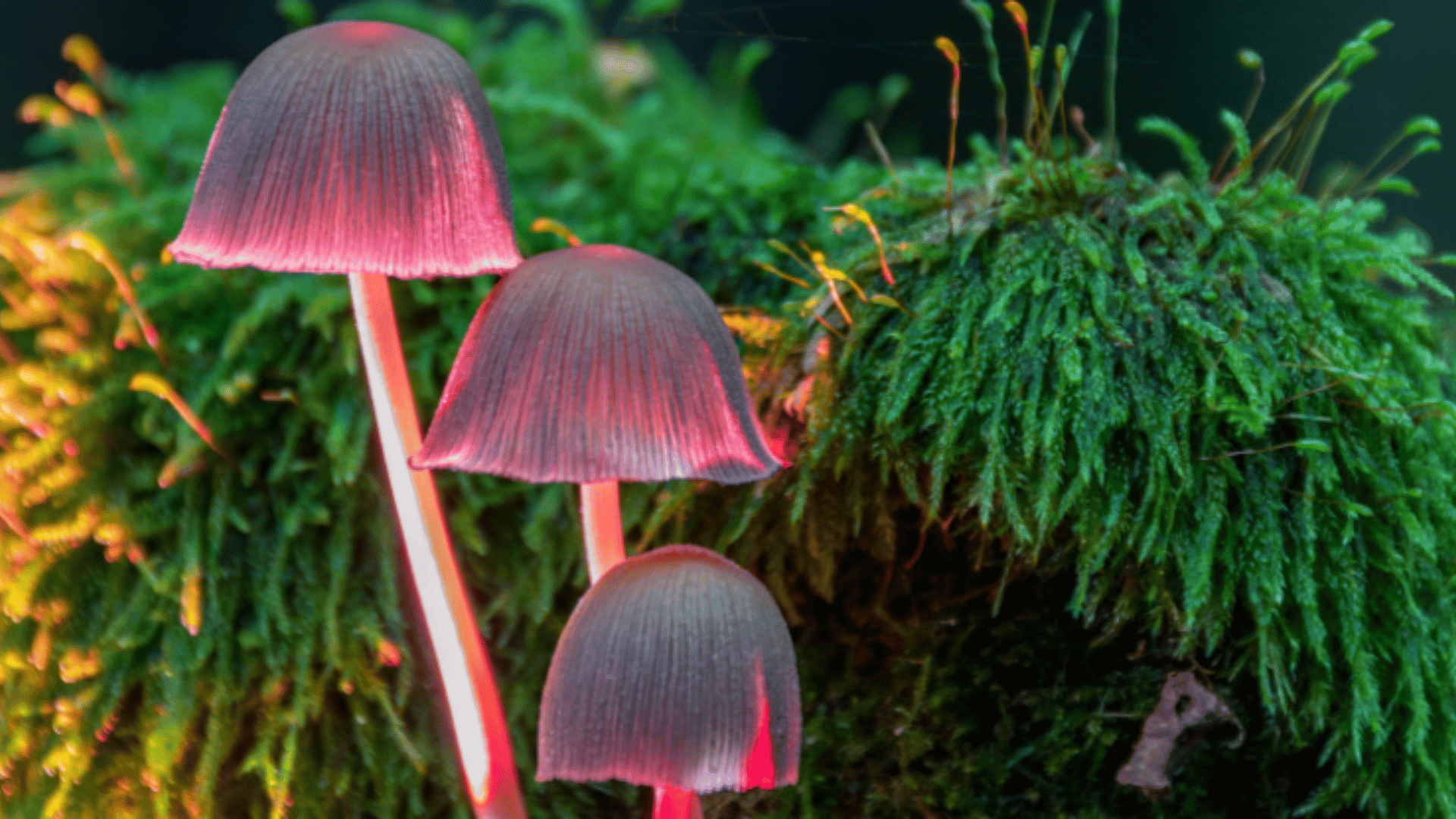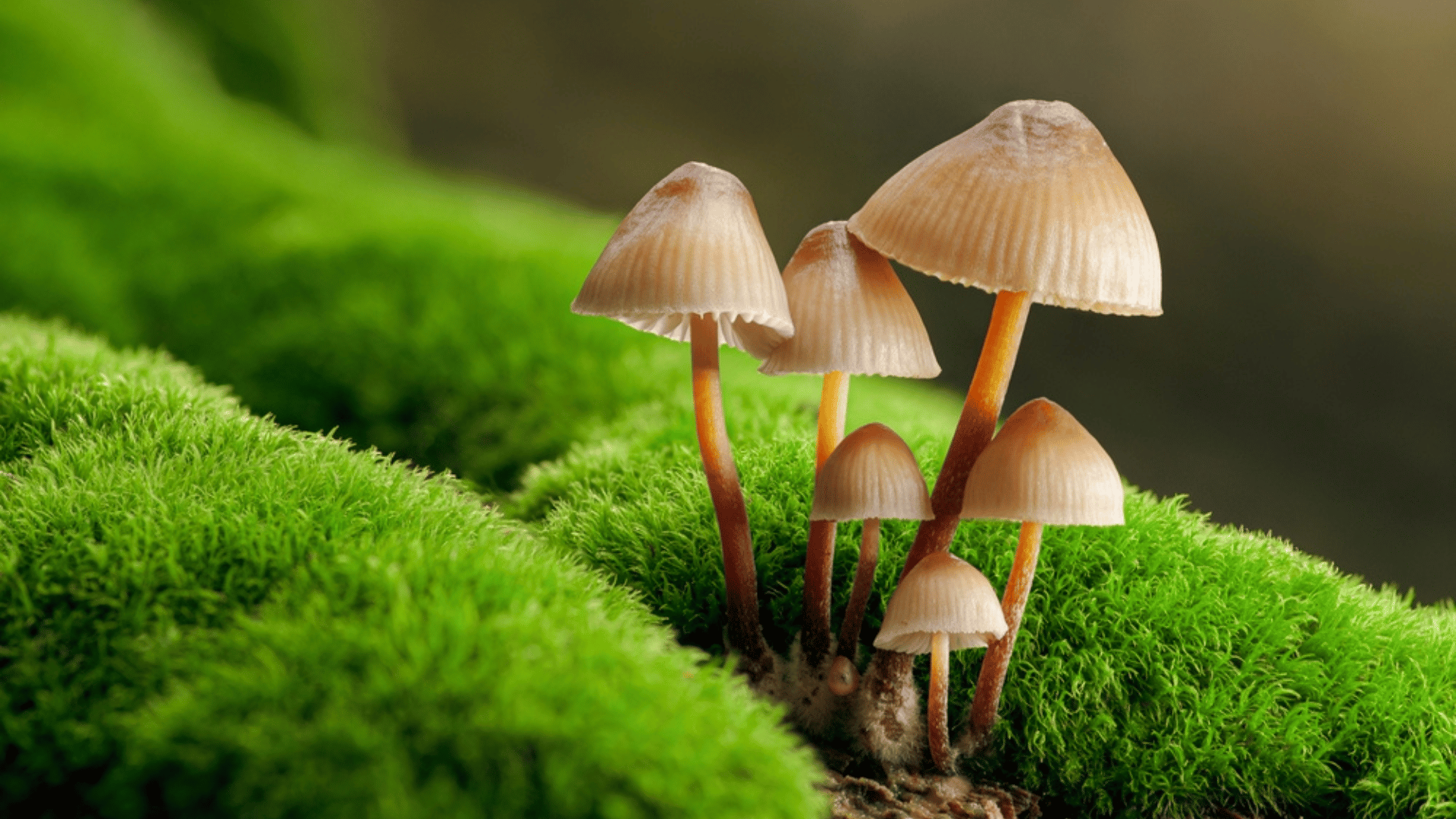Researchers have discovered that a genus of fungi appears to be expanding the biological boundaries ecologists have used to categorize them.
A Danish-led team of mycologists used genetic and chemical analyses to survey ten plant species from five dispersed locations. They were looking for traces of Mycena fungi, a genus commonly known as bonnet mushrooms consisting of around 500 species.

“That’s how we traditionally divided fungi into strictly separate ecological groups: mutualistic, parasitic, or saprophytic,” explains Christoffer Bugge Harder, a microbiologist at the University of Oslo who led the new study of Mycena fungi.
Mycena fungi are decomposers, or saprotrophs, which live off dead and decaying organic matter, cycling nutrients through ecosystems. Unlike saprotrophs, parasitic and mutualistic fungi take up residence in living plants by either feeding on them or exchanging nutrients with hosts.
The strict division between the groups, however, has been previously called into question as there have been times when fungi weren’t able to be confined into these simplistic classifications.
For example, previous lab experiments have suggested that Mycena could invade the roots of living seedlings in plastic dishes. Harder and colleagues surveyed existing data and sampled more wild plant roots, finding genetic signatures of Mycena fungi in 9 of the 10 plant species studied.
“Using DNA studies, we found that Mycena fungi are consistently found in the roots of living plant hosts,” explains Harder. “This suggests that bonnets are in the process of an evolutionary development, from uniquely being decomposers of non-living plant material to being invaders of living plants.”
Though the study is small, the new findings suggest that Mycena may be developing mycorrhizal abilities: where the fungus colonizes the host plant’s root tissues.

Mycorrhizal fungi can be either helpful or harmful, mutualistic or parasitic. From the researcher’s analyses of nitrogen levels in the plant roots and fungi, they determined that some Mycena seem to be helping the plants they invade.
“We see that some Mycena appear to exchange nitrogen, an indispensable nutrient for plants, with carbon from plants,” says Harder.
The scientists behind the study have suggested that the new Mycena ability may have something to do with human-cultivated plantations where repeating rows of the same tree species are planted out.
They noted that there was an absence of Mycena in their samples of Pinus sylvestris trees, which were collected from a national park, whereas the roots from a plantation forest were heavily infected with Mycena. This may suggest that Mycena could cultivate in the roots of saplings in plantations more than in old-growth forests, where specialist fungi already thrive.
More research is needed to test this theory, but Harder stated that it’s “reasonable to believe that we humans have played a role in this adaptation, because our monocultural plantations, stands of forest for example, have provided fungi with optimal conditions for adapting.”







